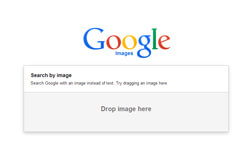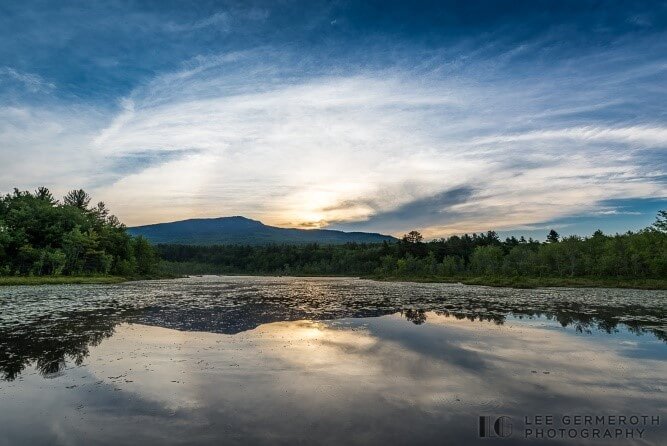Proper Image Use: How to Avoid Copyright Infringement on the Web
We know that it’s common practice to snag photos off Google Images, but just because everyone is doing it doesn’t make it right. Whether you are posting images to your blog, Facebook, or any other social media platform, you need to be certain that you are allowed to use that photo or you are breaking the law!
Follow these quick and easy guidelines to ensure your use of photos avoids copyright infringement.* But first, let’s get some lingo straight so we are on the same page.
Copyright Lingo

Attribution: Acknowledging the author of a work. It most often requires the person’s name with the copyright symbol and a link back to the source.
Copyright: The exclusive legal right, given to an originator or an assignee to print, publish, perform, film, or record literary, artistic, or musical material, and to authorize others to do the same.
Creative Commons: This is a nonprofit organization that enables the sharing and use of creative works and knowledge through free legal tools. Their free, easy-to-use copyright licenses provide a simple, standardized way to give the public permission to share and use creative work according to the conditions of your choosing.
Intellectual Property: A work that is the result of creativity, such as a photo or a design, to which one has rights for. Once it is created it is protected under copyright law.
Licensing: Granting a license to permit the use of intellectual property or to allow an activity to take place. Like the use of an image in a blog post.
Public Domain: The state of belonging or being available to the public as a whole, and therefore not subject to copyright.
Is that image copyrighted?
Yes! Always assume that an image you find on the internet is copyrighted.
Why worry about it?
It’s easy enough to download an image to put it on your website, blog, social media site, or even printed materials. But what you should know is that using a copyrighted image without permission could land you a $25,000 fine, plus legal fees and damages!
Don’t think cropping out the watermark or other identifying markers will make it impossible for the photo to be identified. There is embedded information in each photo and online tools that can find a creator’s images. Companies that sell stock photos online also have their own tools to find people who are using their images without purchasing the rights to use them and they will come after the owner of the website.
How can I use any photos then?
If you can find the source of an image then you can often determine if you can get permission or a license to use the image. Once you find the source you can determine if the image is unavailable for use, available for use under certain circumstances, or in the creative commons. A licensing agreement gives you permission to use a patent, trademark or photograph under specific circumstances. Those requirements for use may include a fee, attribution, or no alterations. If the image does offer a license for use, either free or for a fee, make sure you understand the restrictions for use and follow the agreement.
How to find the original source of an image.

You can find the original source of the image through a reverse Google Images search!
Save a copy of the photo in question to your desktop. Then go to images.google.com and drag and drop the image from your desktop to the search box. Voila! Now you have a list of websites where the image is likely found. This can make finding the original source of the image a little easier!
If you are unsure if a photo is available for use, another option is to ask the copyright holder. Many photographers will grant you permission to use their images. They might ask for attribution in the form of a watermark, link to their website or both.
Here is an example of properly attributing an image to the author.
Notice that the image has a watermark on it and it links back to the original source of the image.
That being said, don’t think that you can just link back to the original work and you will be protected. You still must have the express permission to use the image.
The photo doesn’t have a copyright notice or watermark on it, does that mean I can use it?
No! Copyright law does not require the author to include a copyright notice. Having one does make it easier to find who the author is, but it is not required to be present to be legally copyrighted.
Where can I find free images?
Public domain images are a great source for free photos. There are still a couple rules you should follow when it comes to the public domain. Most of the rules are common sense. Don’t use the images for illegal activities, identifiable people cannot be shown in a negative manner, and don’t suggest product or service endorsements by the people or organizations in the photos. Pixabay has a great blog post on what’s allowed and what is not when it comes to the public domain.
Here is a list of websites that have free images. Many of these sites have images in the public domain, but some of the images do have license agreements. Make sure you understand the restrictions on each image before you publish them.
- Pixabay
- Unsplash
- Pexels
- Stock.XCHNG
- morgueFile
- Stock Free Images
- Photo Pin
- Flickr creative commons tagged images
- Wikipedia has an exhaustive list of sources where you can find public domain images.
Want more tips? Check out our other articles
Social Media Tip: Best Time to Post
* Disclosure: This article is for informational purposes only and is not to be considered legal advice. Consult a qualified lawyer for legal advice.
Was this helpful?
Subscribe to Our Newsletter and we’ll let you know when we publish a new blog post.













